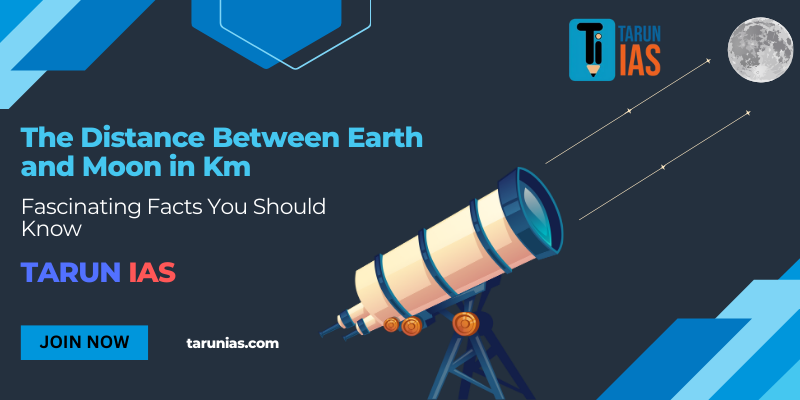Distance Between Earth and Moon in Km: Interesting Facts You Should Know

Strong 8k brings an ultra-HD IPTV experience to your living room and your pocket.
The Moon, our closest neighbor in space, has been fascinating to humans for centuries. Whether it is the mesmerizing sight of the full moon in the night sky or the countless space missions to explore its surface, the Moon holds a special place in our curiosity. But how far is it from us? This article will discuss some interesting facts about the distance between Earth and Moon in km, explained in simple terms.
How far is the Moon from Earth?
The average distance between the Earth and the Moon is 384,400 kilometers. To put this in perspective, imagine if you could drive from Earth to the Moon at highway speeds – it would take you over 150 days without stopping! However, this number is only an average. The actual distance between Earth and the Moon constantly changes due to the Moon's elliptical (oval) orbit.
Why the Distance Changes: Perigee and Apogee
The Moon does not travel in a perfect circle around Earth; its path is slightly stretched. Because of this, the Moon is sometimes closer to us and sometimes farther away.
Perigee: When the Moon is closest to Earth, it is about 356,500 kilometers away. This is called perigee, and during this time, the Moon can appear larger and brighter in the sky – often called a "supermoon."
Apogee: When the Moon is at its farthest point, it is about 406,700 kilometers away. This is called apogee. During this time, the Moon appears slightly smaller, and we sometimes get what is called a "micromoon."
So, the Moon's distance can change by about 50,000 kilometers over an entire month!
How long will it take to get to the Moon?
If you're thinking about going to the Moon, you'll need more than just a car. It took Apollo astronauts about three days to reach the Moon during missions in the 1960s and '70s. They were traveling at more than 39,000 kilometers per hour!
With modern spacecraft, we can potentially reduce this travel time, but it still takes days, not hours, to cover this huge distance.
The Moon is moving away!
Did you know that the moon is slowly moving away from Earth? Every year, the moon moves away from us by about 3.8 centimeters. Although this may not seem like much, over millions of years, this speed adds up. In the distant future, this could change the way we see solar eclipses or even affect Earth's tides.
How the Earth-Moon Distance Affects Us
The distance between Earth and the moon plays an important role in our daily lives, even if we don't always notice it. Here's how:
Tides: The moon's gravitational pull affects ocean tides on Earth. When the moon is closer (during perigee), we experience higher tides than usual, known as "spring tides." The tides are weaker when it is farther away (during apogee).
Eclipses: The changing distance also affects solar eclipses. A total eclipse occurs when the moon completely covers the sun as viewed from Earth. If the moon is at its farthest point (apogee), it may not completely cover the sun, creating an annular eclipse — where a ring of the sun is still visible.
Measuring the distance: How do scientists know?
You may be wondering how scientists measure the distance between Earth and the moon so precisely, in kilometers. They use a method called laser ranging. Scientists bounce lasers off reflectors left on the moon's surface by astronauts during the Apollo missions. By determining how long it takes for the light to reach the moon and return, they can calculate the exact distance.
Fun Comparisons to Understand Distance
If you lined up Earth-sized spheres between the Earth and the moon, you could fit about 30 Earths in that space.
The moon is about 1/400th the distance between the Earth and the sun, yet it can completely cover the sun during a total eclipse thanks to a cosmic coincidence: the moon is 400 times smaller than the sun, but it is also 400 times closer to Earth!
Conclusion
While the moon seems close when you look at it in the night sky, it is on average 384,400 kilometers away. Understanding this distance not only satisfies our curiosity but also helps scientists plan space missions, study the effects of gravity, and predict future changes in our environment. Whether you're dreaming of space travel or simply admiring the moon, knowing these fascinating facts takes us one step closer to understanding our place in the universe.
Note: IndiBlogHub features both user-submitted and editorial content. We do not verify third-party contributions. Read our Disclaimer and Privacy Policyfor details.


